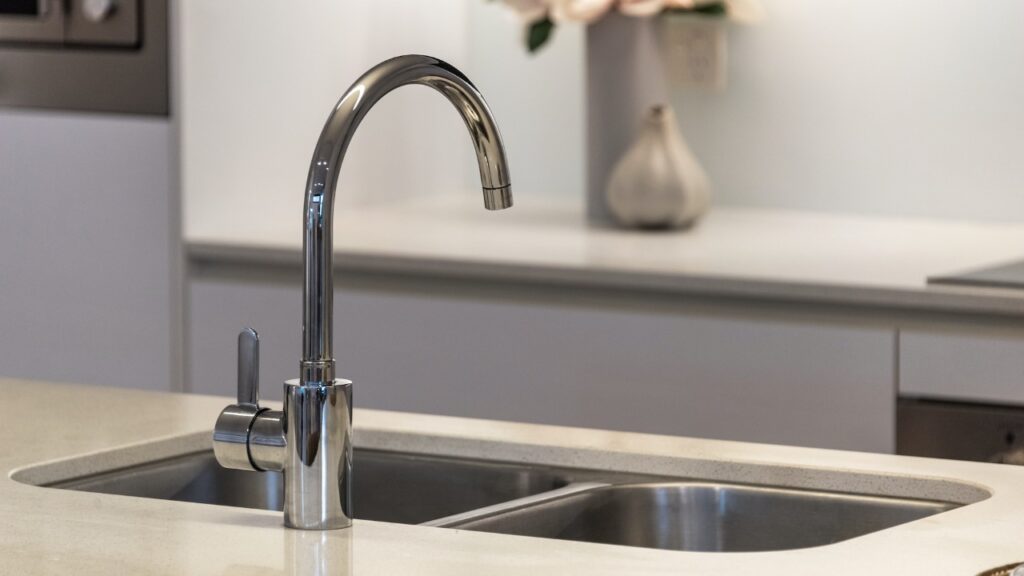Choosing the best kitchen sink involves considering factors such as material, durability, aesthetics, maintenance, and functionality. When comparing composite and ceramic sinks, each material has its unique characteristics, advantages, and considerations that can influence your decision.
Composite Sinks
1. Material Composition:
- Composite Material: Typically made from a blend of materials like quartz, granite, acrylic, or polyester resins bonded together.
- Variety: Available in various colors, finishes, and styles, offering versatility in design.
2. Durability:
- Strength: Highly durable and resistant to scratches, chips, stains, and heat. The composite material is less likely to break dishes compared to ceramic sinks.
- Shock Absorption: Offers better resistance to impact and thermal shock, reducing the risk of cracking or chipping.
3. Maintenance and Cleaning:
- Easy Maintenance: Non-porous surface resists stains, making it easy to clean with mild soap and water.
- Preventing Stains: Resistant to most household chemicals and acids, maintaining its appearance over time.
4. Aesthetics:
- Variation in Design: Available in a wide range of colors and textures, offering flexibility to match various kitchen styles.
- Modern Appearance: Often preferred for contemporary or transitional kitchen designs due to their sleek and modern look.
5. Considerations:
- Price: Generally, composite sinks can be more expensive than ceramic sinks due to their durability and design versatility.
- Installation: Might require professional installation due to the weight and specific requirements for mounting.
Ceramic Sinks
1. Material Composition:
- Clay-Based: Made from natural materials like clay and porcelain enamel, fired at high temperatures to create a hard surface.
- Classic Look: Known for their timeless and traditional appearance, adding a classic touch to the kitchen.
2. Durability:
- Hard Surface: Resistant to scratches, fading, and staining. However, more prone to chipping or cracking from heavy impact or dropped objects compared to composite sinks.
- Heat Resistance: Excellent heat resistance, making it suitable for hot pans or boiling water.
3. Maintenance and Cleaning:
- Stain Resistance: Porcelain enamel surface is smooth and non-porous, making it relatively stain-resistant and easy to clean with mild detergent.
- Careful Handling: Requires more care to avoid chipping or scratching the surface.
4. Aesthetics:
- Timeless Appeal: Ceramic sinks offer a classic and elegant look that complements various kitchen styles, especially traditional or farmhouse designs.
- Limited Color Options: Typically available in white or off-white, offering fewer color choices compared to composite sinks.
5. Considerations:
- Weight: Generally lighter compared to composite sinks, making installation easier.
- Vulnerability to Impact: Despite durability, ceramic sinks can be more susceptible to chipping or cracking from heavy impact.
Conclusion
Both composite and ceramic sinks offer unique benefits and considerations. Composite sinks excel in durability, resistance to scratches, stains, and heat, and they come in various colors and styles. They’re well-suited for modern kitchens. On the other hand, ceramic sinks provide a timeless aesthetic, good stain resistance, and excellent heat resistance but may be more prone to chipping or cracking.
The choice between the two depends on your preferences in terms of design, durability, maintenance, and overall kitchen style. Consider your usage patterns, desired aesthetics, maintenance preferences, and budget to select the sink material that best suits your needs and complements your kitchen’s design and functionality.


